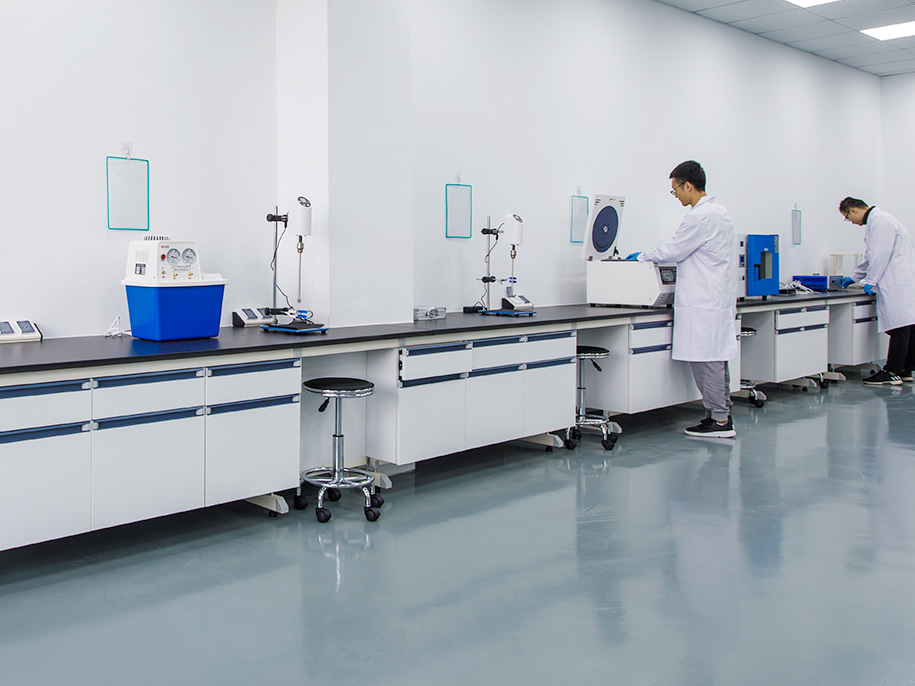Graphite for Electrical Engineering
Graphite is a versatile material widely used in electrical engineering due to its unique combination of properties such as high electrical conductivity, thermal stability, and lubricity. This article explores the various applications, benefits, challenges, and future trends of graphite in the field of electrical engineering.
Properties of Graphite Relevant to Electrical Engineering
1. High Electrical Conductivity
Graphite’s structure consists of layers of carbon atoms arranged in a hexagonal lattice. These layers can slide over each other easily, allowing free movement of electrons, which contributes to its excellent electrical conductivity. This makes graphite an ideal material for electrical contacts and electrodes.
2. Thermal Stability
Graphite remains stable at high temperatures, maintaining its properties even in extreme conditions. This thermal stability is crucial for applications in electrical engineering where high temperatures are often encountered.
3. Lubricity
The layered structure of graphite gives it natural lubricating properties, which reduce friction and wear in moving electrical components.
4. Chemical Inertness
Graphite is resistant to most chemicals and can withstand corrosive environments, enhancing the durability and longevity of electrical components.
Applications of Graphite in Electrical Engineering
1. Electrodes for Electrical Discharge Machining (EDM)
- Application: EDM uses electrical discharges to machine conductive materials. Graphite electrodes are commonly used due to their high electrical conductivity and resistance to wear.
- Benefits: Provides precise machining, high material removal rates, and long electrode life.
2. Batteries and Fuel Cells
- Application: Graphite is used as an anode material in lithium-ion batteries and as a bipolar plate material in fuel cells.
- Benefits: High energy density, good conductivity, and long cycle life in batteries; excellent conductivity and chemical stability in fuel cells.
3. Electrical Brushes
- Application: Used in electric motors and generators to conduct current between stationary and moving parts.
- Benefits: Excellent conductivity, low friction, and good wear resistance, leading to efficient and reliable operation.
4. Heating Elements
- Application: Graphite heating elements are used in high-temperature furnaces and heaters.
- Benefits: High thermal conductivity, stability at elevated temperatures, and efficient heat distribution.
5. Conductive Additives
- Application: Graphite is added to polymers, coatings, and other materials to enhance their electrical conductivity.
- Benefits: Improved conductivity, mechanical strength, and thermal stability of composite materials.
6. Nuclear Reactors
- Application: Used as a neutron moderator and reflector in some types of nuclear reactors.
- Benefits: High thermal conductivity, stability under radiation, and resistance to high temperatures.
Benefits of Using Graphite in Electrical Engineering
1. Enhanced Performance
Graphite’s properties contribute to the enhanced performance of electrical components, including improved conductivity, thermal management, and mechanical strength.
2. Cost-Effectiveness
While high-quality graphite can be expensive, its durability and long service life often result in lower overall costs due to reduced maintenance and replacement needs.
3. Versatility
Graphite can be used in a wide range of applications, from high-temperature environments to delicate electronic devices, making it a versatile material in electrical engineering.
4. Environmental Benefits
Graphite is a natural material that can be recycled, contributing to more sustainable practices in the electrical engineering industry.
Challenges in Using Graphite in Electrical Engineering
1. Oxidation
Graphite can oxidize at high temperatures, which can degrade its properties. Protective coatings and additives are often used to mitigate this issue.
2. Cost and Availability
High-purity graphite is relatively expensive, and its availability can be limited. Ensuring a reliable supply chain is crucial for continuous production.
3. Processing and Handling
Graphite can be brittle and difficult to process into complex shapes. Advanced machining techniques and careful handling are required to avoid damage.
4. Environmental Concerns
The mining and processing of graphite can have environmental impacts. Sustainable practices and recycling are essential to mitigate these concerns.
Future Trends in Graphite for Electrical Engineering
1. Advanced Graphite Materials
Research is ongoing to develop advanced graphite materials with enhanced properties, such as higher purity, improved thermal stability, and reduced oxidation rates. These advancements will further enhance the performance of electrical components.
2. Nanotechnology
Incorporating nanotechnology into graphite applications can improve their mechanical strength, thermal conductivity, and electrical performance. Graphene, a single layer of carbon atoms derived from graphite, is a promising material for next-generation electrical engineering applications.
3. Sustainable Practices
The industry is increasingly adopting sustainable practices, including recycling of graphite materials and reducing the environmental impact of mining and processing. Developing eco-friendly production methods is a key focus for the future.
4. Customized Solutions
Advancements in material science and manufacturing technologies enable the development of customized graphite solutions tailored to specific electrical engineering applications and requirements.
5. Integration with Other Materials
Hybrid materials that combine graphite with other conductive and insulating materials are being developed to create components with tailored properties for specific applications, enhancing their performance and versatility.
Conclusion
Graphite is an indispensable material in electrical engineering, offering unparalleled electrical conductivity, thermal stability, lubricity, and chemical inertness. Its use in various applications, from electrodes and electrical brushes to batteries and heating elements, highlights its versatility and effectiveness in enhancing the performance and efficiency of electrical components. While challenges such as oxidation, cost, and environmental concerns exist, ongoing research and development are driving innovations that will further improve the properties and applications of graphite. As the industry continues to evolve, graphite will remain a crucial material for advanced electrical engineering solutions, contributing to technological advancements and sustainable practices.

